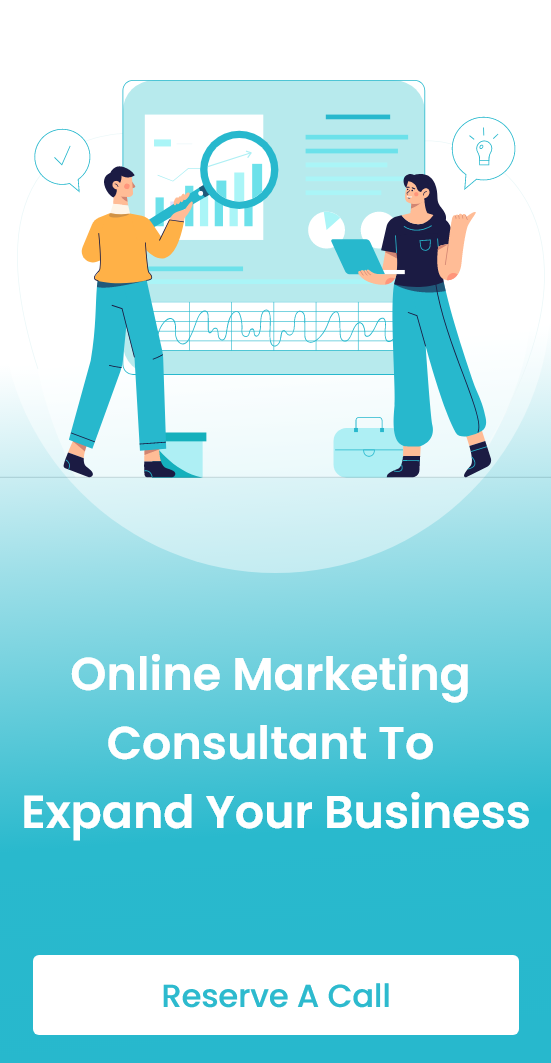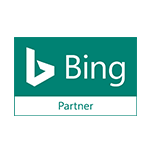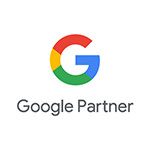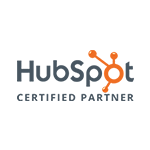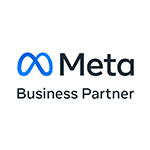Data Collection : Find Out Methods and Examples To Collect Data in Right Ways
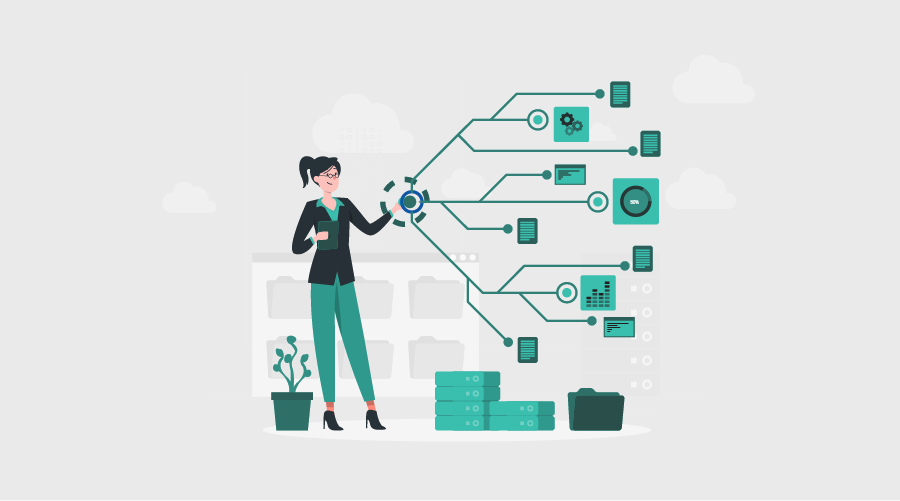
Collecting data enables you to store important information about your current and potential customers, which you can then analyze to make better business decisions.
Gathering data in this way can save your business a lot of money, as you can create a customer database for future marketing and retargeting campaigns.
To do this, you need to have an effective collection strategy in place. Below, we will take you through seven great data collection methods, providing you with practical examples that you can then implement in your own business.
In This Post
Understanding data collection
Before we explain some of the best data collection methods, let’s explain what this is in more detail. Data collection is a methodological process of gathering information about a certain subject.
It is vital to make sure you complete your data during the collection phase and that it is collected in an ethical and legal manner. If it is not, not only will your analysis be inaccurate, but you could end up facing huge fines and legal trouble.
Typically, there are three different types of user data:
First-party data – Collected directly from your users by your business
Second-party data – Data shared by another business about its customers
Third-party data – Data that has been aggregated and either sold or rented by businesses that do not have a link to your business or users
While third and second-party data can be valuable in some cases, first-party data holds more worth because you receive information about how your own audience feels, thinks, and behaves, and this all comes from a trusted source. Furthermore, these would generate analytic metrics enabling marketers to craft better campaigns and ensure optimum yield. Next, we will see some of the best data collection methods.
What are the best data collection methods?
Now that you have a better understanding of data collection, let’s take a look at the best methods:
1. Use a form builder
There is only one place to begin when it comes to data collection, and this is with the use of an online form builder. You can build your own questionnaire or survey, which will enable you to gather data from targeted respondents with the aim of generalizing the results to the wider public.
Virtually everyone involved in data collection, especially those in the academic and commercial sectors, rely on questionnaires and surveys to some degree to extract credible insights and data from targeted audiences.
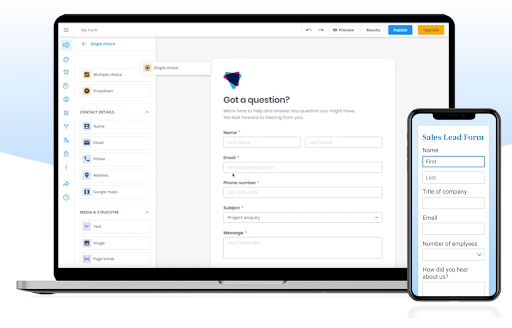
There are plenty of benefits associated with this approach. You can enjoy great flexibility when assessing the data. You will also get to collect a broad range of data, including preferences, values, and opinions. One example would make it sound more relevant in the online retail industry. These marketers use this method to collect data as one of the retail marketing strategies in order to reach their prospects.
Here are some examples of different market survey questions you could ask:
- What is your monthly shopping budget?
- Would you select this product over the competition?
- What do you like most about the competing products in the market?
- How can we improve this product for you?
- Would you choose this product?
2. Conduct interviews
An interview is defined as a formal meeting between two people whereby the interviewer gathers information by asking the interviewee questions.
Not only will you be able to collect information from the interviewee, but you will get an accurate insight into other people’s skills. Interviews are, therefore, highly effective when you want to gather more data about the subject. You can learn about the experiences, behavior, and perspectives of participants.
Interviews are also more accurate, and, unlike other methods, they give you open-ended and flowing conversations so you can better understand the subject.
There are many different types of interviews, so you need to think about what style is more appropriate. For example, you may carry out a problem-solving interview if you’re basing it on a person’s abilities.
3. Observe people gather data
Another option to consider is observing people in a certain place or setting at a specific time and day to gather data. Basically, you will be studying the behavior of people or the surroundings. This can be participant-based, spontaneous, or controlled.
This approach is championed for being straightforward. The researcher does not need to have any technical or specialist skills with regard to data gathering.
You can also make the most of detailed data collection. Researchers will have the freedom and ability to be as detail-oriented as possible when it comes to assessing or describing the actions and behaviors of their subjects.
This approach also does not depend on the proactive participation of anyone. You do not need people to start sharing information about themselves. This is important because it reduces a key barrier to entry, as a lot of people can feel uncomfortable talking about their thoughts and opinions.
There are three different approaches that can be used when adopting the observation method, and these are as follows:
Participant observation – The researcher will immerse themselves in the environment and become a member of the group that is being observed.
Naturalistic observation – This is when people are observed in their natural environment.
Structured observation – This refers to using a defined procedure to observe individuals or the environment.
4. Use documents and records
Another option is to assess the existing documents and records your organization has so you can track or project significant changes over a specified period of time. The data may include the following:
- Minutes of meetings
- Information logs
- Databases
- Call logs
- Staff reports
- Email logs
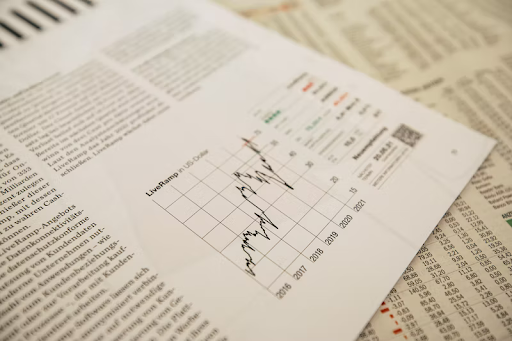
There are a number of benefits businesses can gain by using documents and records as a data collection method. The first is that the data is already available. This means you do not have to go to the time and effort of carrying out active research, as all of the information you require is already available.
It is also easy to track collected data. Documents and records enable you to recheck the history of a certain event that can help you to find answers to questions, for example, why did your supplies runway outside of your projected schedule?
5. Gather data via user testing
Businesses typically utilize user testing either during the development of a service or product or once the product/service has been developed.
If you decide to use this option throughout the development, it might be to figure out whether users find the product difficult to navigate. They may also decide to use it once they have released a service or product if they want to make some updates and improvements.
If you do decide to use this option when collecting data, it can be beneficial to allow participants to go through your service or product on their own. This will help to make sure that your own knowledge influence or bias does not impact the user testing results.
6. Design thinking methods
Design thinking methods often concentrate on brainstorming with participants to generate unique solutions or ideas. Businesses may use this if they want to solve challenges that customers face on their journey when using the product the business provides.
Such sessions can either happen virtually or face-to-face, depending on where participants and researchers are based.
No matter what approach you choose, using technological or physical sticky notes can be beneficial when you have participants grouping their ideas.
7. Focus groups
Finally, aside from the suggestions that we have mentioned so far, focus groups can also be effective when gathering data. A focus group is an interview group of between six and 12 people who have shared interests or comparable qualities.
A moderator will guide the group through a number of planned topics. They will make sure there is an atmosphere that encourages everyone to discuss their opinions and thoughts.
This represents a form of qualitative data collection whereby the information is descriptive, and you cannot quantify it statistically.
There are a number of different benefits associated with this form of collection. Firstly, it is a straightforward qualitative data collection method. The moderator can easily ask questions to figure out the respondents’ reactions.
Not only this but non-verbal cues can be observed with ease. The presence of the moderator plays a key role here. The moderator can guide the conversation. They will be able to easily get data from the participants’ non-verbal responses.
Collecting data the right way
So there you have it: an insight into some of the different approaches and options that are available to you when it comes to data collection.
There are pros and cons associated with all of the methods mentioned above. It is all about figuring out which approach makes the most sense based on your business and the sort of data you’re going to be collecting.
From sample size to demographic, make sure you take all of this into account, and you should have no problem choosing the right data collection method for your business needs.
